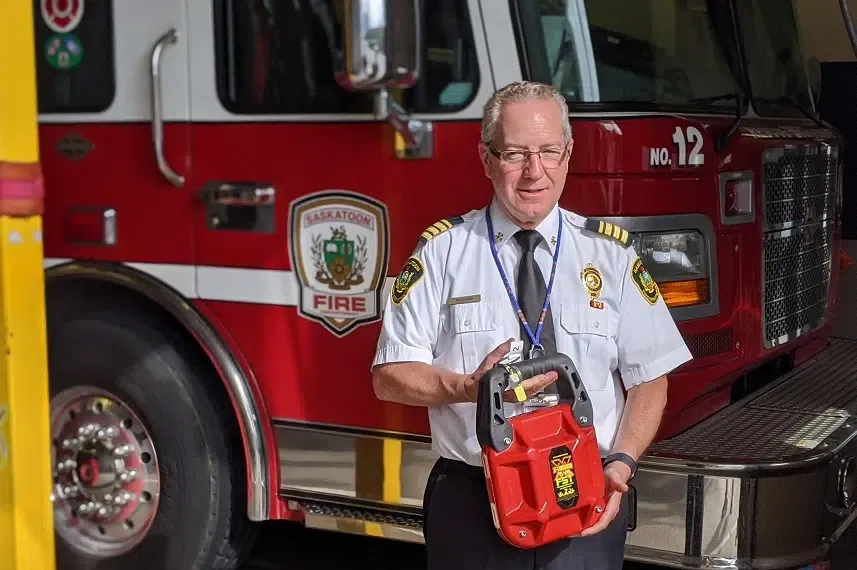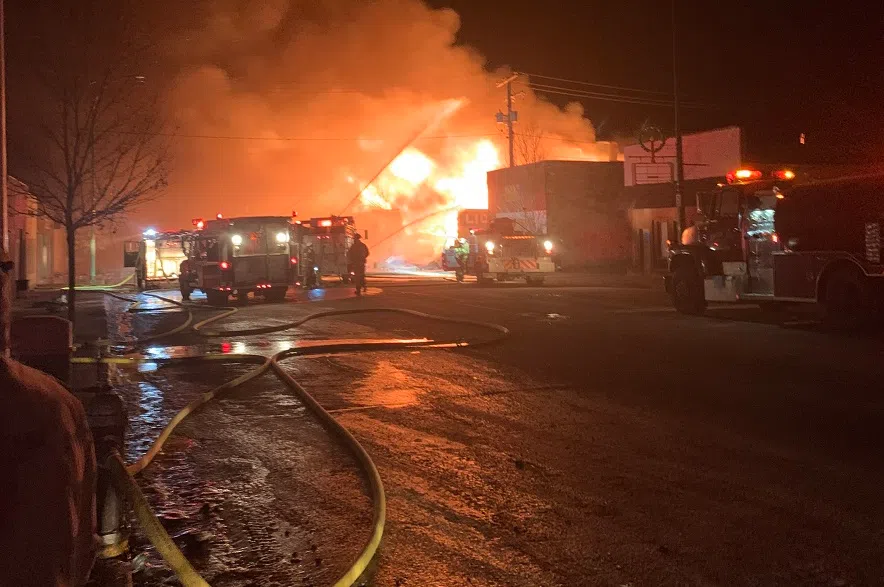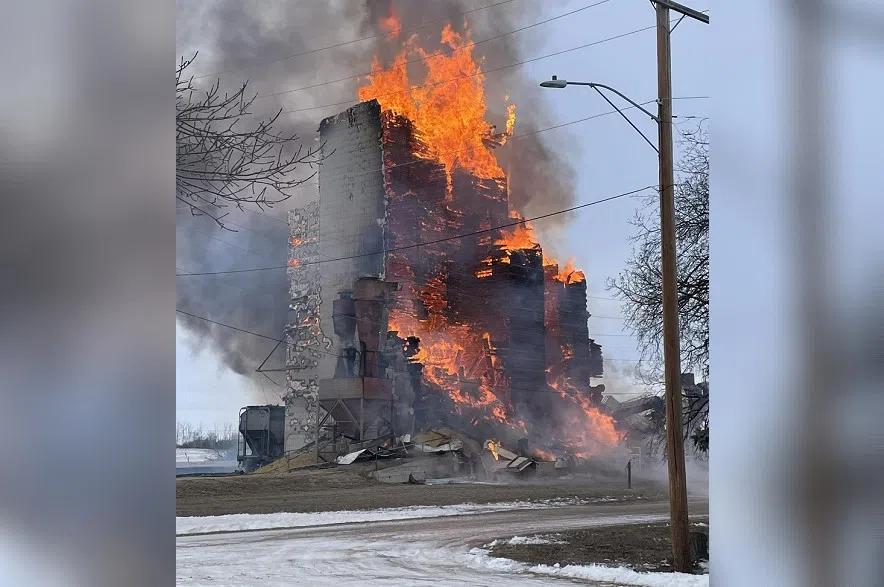Recent fires in Saskatchewan have resulted in the deaths of thousands of pigs, just days after new legislation was enacted to help prevent such disasters.
In an interview with Evan Bray, Saskatchewan fire marshal Wayne Rodger explained that a combination of fuel and potential heat sources is necessary to create any fire, and both can be found in hog farming operations.
Rodger said hog barns have a few elements that make the operations more flammable. The fuel element can be found in the form of manure, which is often kept in a storage space under the barn structure. Slats in the floor of the barn allow for effluent to flow down into tanks to be pumped out.
Manure, as it ages, gives off flammable methane gas.
The heat source required to spark a fire can come from the barn itself, Rodger said, as well as its machinery.
Both electrical and mechanical utilities can exist within these operations, Rodger said. With the humid conditions in these barns, unnecessary or premature wear and tear can lead to heat being created as a result of resistance in electrical systems or friction in mechanical systems.
With these elements, hog barns – as well as other, similar operations – can be potentially explosive atmospheres, Rodgers told Bray.
Just days before a fire ravaged a hog farm near Cudworth earlier this month, legislation meant to prevent such incidents came into effect.
Federal legislation came into effect in Saskatchewan on Jan. 1 after amendments were made in 2020 to the National Building Code. The changes came with the intent to help prevent fire hazards by addressing concerns related to electrical and mechanical systems.
The recent fire at the pig barn near Cudworth remains under investigation.
Rodger said the work initiated by provinces and territories to assess farm buildings and fire codes is intended to reduce fire risks. The new code speaks to preventative maintenance work, like bringing in expert tradespeople to find problems and recommend changes ahead of any potential catastrophe.
Early warning systems also exist, Rodger said, using varied methods to detect flame, smoke or heat. These are not mandated at this point, and he said they require investment by the operator to install.
Citing the recent fire near Cudworth, as well as numerous blazes in Regina and the losses of the Woodlander Hotel in Kamsack and a barn at the Yorkton exhibition grounds, Bray asked Rodger why so many major fires seem to be happening around the same time.
Rodger chalked up the occurrences to greater visibility thanks to social media, giving the illusion of greater prevalence. He said seasonal changes can also play a role, with certain trends in winter leading to more fires of a certain type.
While the fires aren’t connected, he said certain shared risks could be at play in different situations, which could make them seem similar.
Fire marshal praises volunteers
Saskatchewan boasts 6,000 volunteer firefighters who regularly sacrifice their time to provide services to their communities. Rodger called these men and women the “backbone” of fire services in the province, due to how big and spread out communities in Saskatchewan are.
Through the Saskatchewan Public Safety Agency, he said training and education in an established North American standard of firefighting is available, though not mandatory, for these firefighters. Rodger said the agency is also working with the Saskatchewan Volunteer Firefighter Association to remotely deliver a training regimen to offer the required job performance skills and knowledge to volunteers.
Critical incident stress mechanisms are also available to all firefighters across the province, to offer mental health conversations and professional support after they face difficult and potentially traumatic situations in the field.













